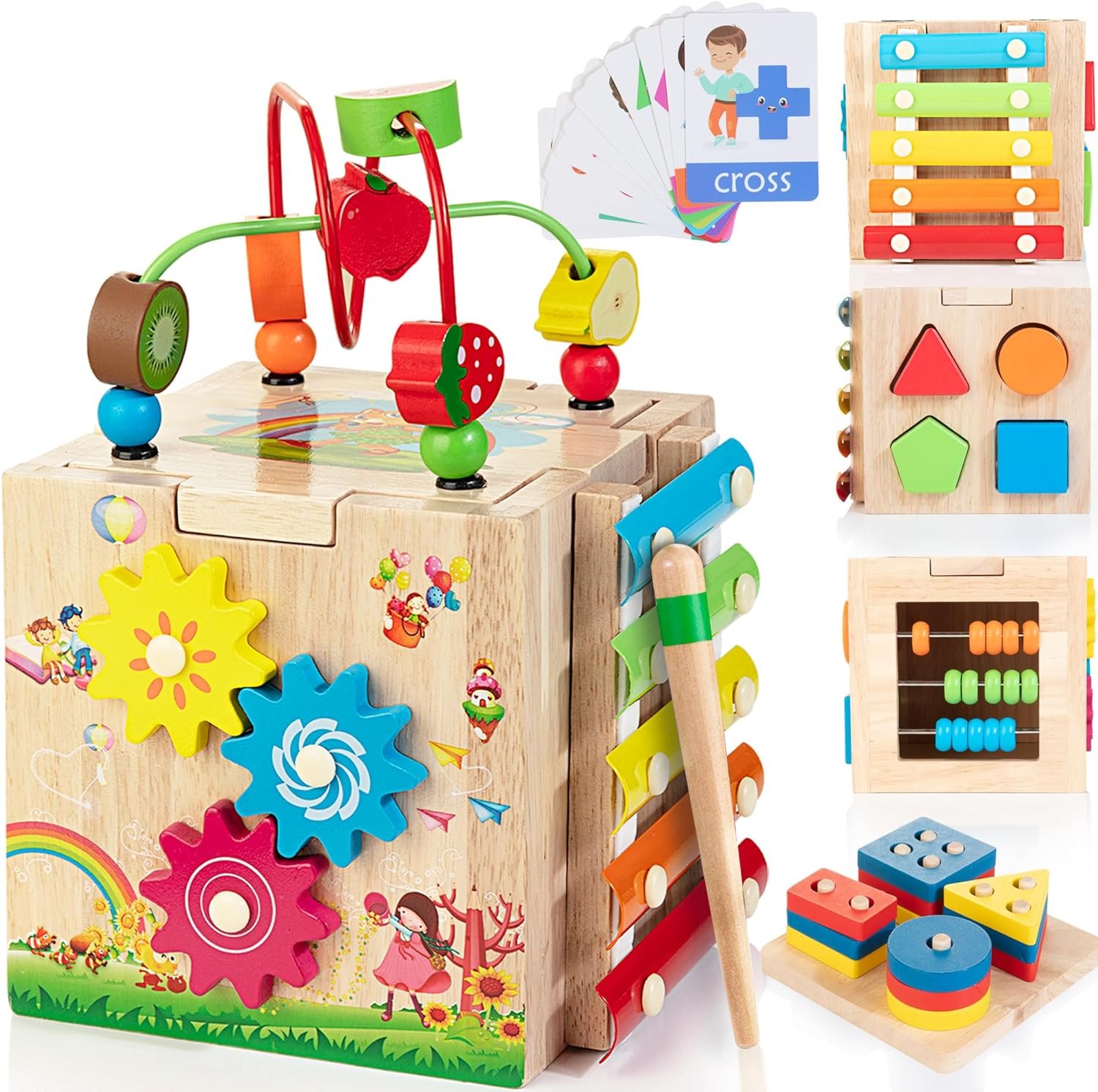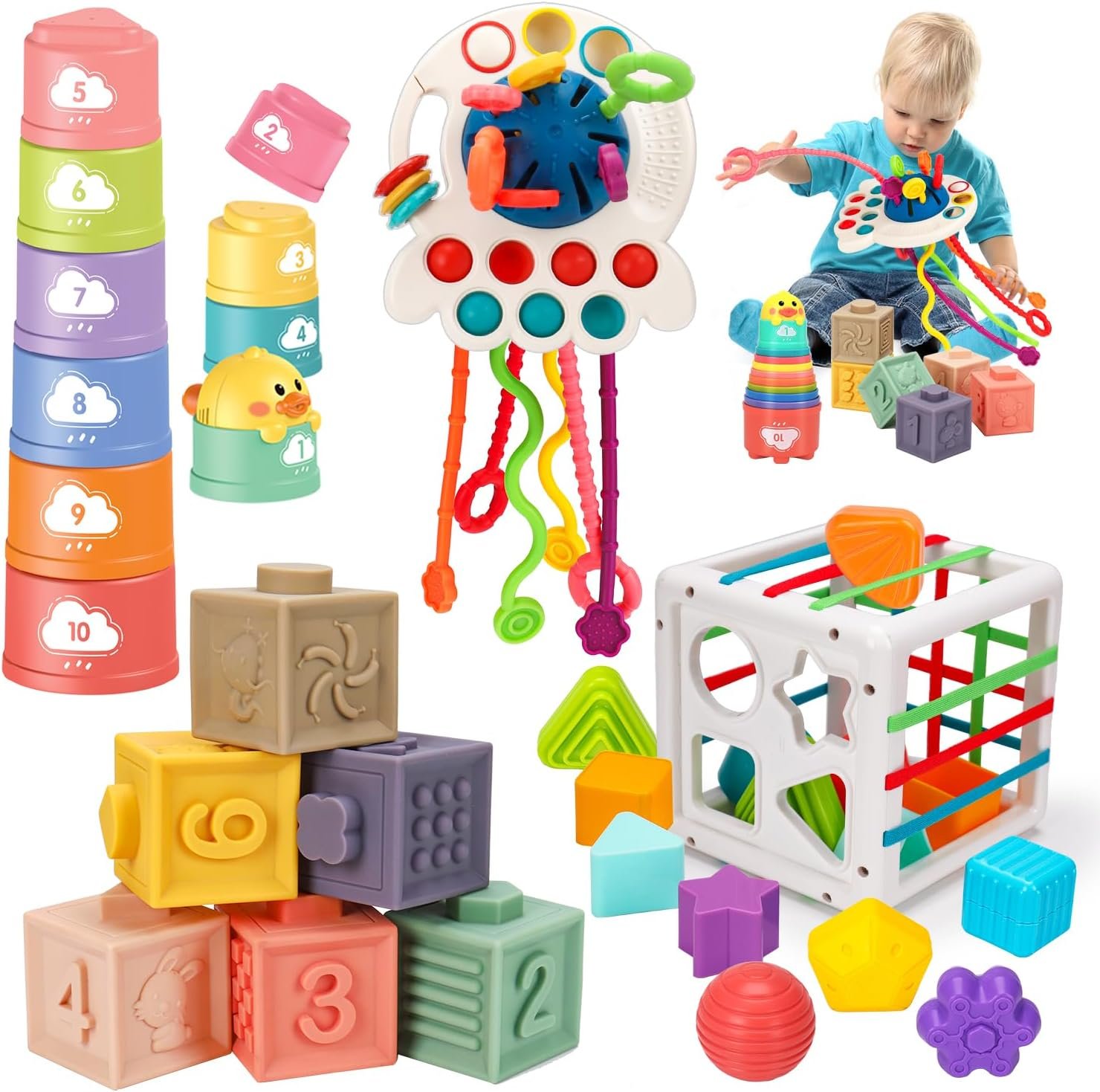The article titled “Breathing Techniques for Labor: Manage Pain and Progress Your Labor” explores the benefits of utilizing breathing techniques during childbirth. As expectant mothers prepare for the birthing process, they often wonder how they will cope with the intensity of labor pain. Fortunately, breathing techniques have proven to be an effective method for managing contractions, providing mental and physical relaxation, and ensuring adequate oxygen delivery to vital organs. Moreover, these techniques can help expedite labor and shorten the pushing phase. By mastering various breathing techniques ahead of time, mothers can navigate the challenges of childbirth with greater ease and confidence.
Read more about the latest articles
How Do Breathing Techniques for Labor Help Manage Pain?
Breathing techniques for labor play a crucial role in managing pain during childbirth. Not only do these techniques provide physiological benefits, but they also offer relaxation and distraction, helping women cope with the intensity of contractions. By understanding and utilizing different breathing techniques, women can enhance their childbirth experience and improve their overall well-being during labor.
Read more about the latest articles
Physiological Benefits of Breathing Techniques
Breathing techniques for labor provide several physiological benefits that contribute to pain management. One of the primary benefits is oxygen delivery to vital organs. By practicing attentive breathing, women ensure that their bodies receive adequate oxygen, providing energy during labor and combating fatigue and depletion. Additionally, breathing exercises engage core and pelvic floor muscles, encouraging activation and oxygenation. This activation can aid in the progress of labor and potentially shorten the pushing phase, leading to a more efficient delivery process.
Relaxation and Distraction Techniques
Breathing techniques for labor also provide relaxation and distraction techniques, which can be immensely helpful in managing pain. Mentally, focusing on breathing distracts women from the intensity of contractions, providing a point of concentration rather than fixating on the pain. By taking contractions one breath at a time, women may find that the experience feels more manageable and less overwhelming. Moreover, implementing breathing techniques promotes mental and physical relaxation during labor, allowing women to better relax their bodies and prevent clenching or guarding against contractions. This relaxation enables contractions to perform their intended function of dilating the cervix and moving the baby down.
Belly Breathing
Belly breathing is one of the most effective breathing techniques for the early stages of labor when contractions are present but not yet severe. To practice belly breathing, women should focus on observing the movement of their belly as they inhale and exhale. Placing a hand on the belly, they can inhale through the nose and notice how the belly moves outward on the inhalation. It is important to emphasize belly movement rather than chest movement during this technique. Exhaling through tight lips, women can let their belly fall as low as possible, imagining that their hand is pushing all the air out. Belly breathing helps with relaxation and is a useful tool in managing pain during early labor.
Slow, Paced Breathing
As labor progresses and contractions intensify, women may need to switch to slow, paced breathing. This breathing technique involves taking long, deep breaths in order to promote relaxation and manage pain. By inhaling slowly through the nose and exhaling through the mouth, women can focus on relaxing different parts of their body during each inhalation. Sighing, moaning, or vocalizing during exhalation can aid in the relaxation process. It is important to briefly pause after exhaling, allowing the body to naturally crave the next breath. Slow, paced breathing provides a method of coping with stronger contractions and helps women maintain a state of calm and control.
Light, Accelerated Breathing
During the active stage of labor, when contractions become more powerful and painful, light, accelerated breathing can be an effective technique. This breathing technique involves hyperventilation-like breathing in which women breathe rapidly in and out through the mouth at a rate of approximately one breath per second. The intensity of breathing matches the intensity of the contraction, increasing as the contraction peaks and gradually slowing as the contraction subsides. It is important to return to normal breathing if lightheadedness occurs. Light, accelerated breathing provides a way to manage intense contractions and can be a useful tool in pain management.
Variable Breathing for Labor
Variable breathing combines elements of both light, accelerated breathing and slow breathing. This technique is often depicted in movies when a laboring mother makes a “hee-hee-who” sound during contractions. To practice variable breathing, women can take a few shallow, rapid breaths followed by one long, vocal exhale or blowing breath. The exact number of fast breaths can be adjusted based on personal preference and comfort. Variable breathing provides a versatile approach to pain management and can be adapted to individual needs during labor.
Expulsion Breathing
Expulsion breathing is specifically designed to be used during the pushing stage of labor, helping women effectively expel the baby from the birth canal. When a contraction begins, women can take a few preparatory breaths to get ready for pushing. Light, shallow breaths are employed to resist pushing at the beginning of a contraction and allow it to gain momentum. When pushing becomes inevitable, women can breathe or blow out in a low and slow manner, moaning or grunting for a count of six. Visualization of the baby moving down and out of the body can aid in this process. It is essential to focus on surrendering and relaxing the pelvic floor during pushing, releasing the breath after each push and catching it before surrendering to the urge again. Expulsion breathing optimizes the pushing stage and helps women navigate this final phase of labor.
When and How to Use Different Breathing Techniques
The timing and utilization of different breathing techniques during labor depend on the individual’s needs, the stage of labor, and the intensity of contractions. Belly breathing is well-suited for managing contractions in the early stages of labor when the pain is not yet severe. Slow, paced breathing can be employed as labor progresses and contractions intensify. Light, accelerated breathing becomes particularly helpful during the active stage of labor, when contractions are stronger and more painful. Variable breathing offers a versatile approach that combines elements of light, accelerated breathing and slow breathing, accommodating individual preferences. Finally, expulsion breathing should be utilized during the pushing stage to facilitate the birthing process. Women should familiarize themselves with these techniques ahead of time and practice them regularly to ensure they become automatic during labor.
The Role of Partners in Supporting Breathing Techniques
Partners play a crucial role in supporting women during labor, particularly in the application of breathing techniques. It is essential for partners to learn and familiarize themselves with the various breathing techniques so they can effectively coach and guide women during labor. Partners can provide reminders, encouragement, and guidance to ensure women utilize the appropriate breathing technique for each stage of labor. By being active participants in the birthing process, partners can help women stay focused, calm, and empowered throughout labor. Communication and support from partners create a sense of teamwork and facilitate a positive childbirth experience.
In conclusion, breathing techniques for labor offer a range of benefits in managing pain and promoting relaxation during childbirth. These techniques provide physiological advantages, such as oxygen delivery to vital organs, engagement of core and pelvic floor muscles, and potential improvements in labor progression. Additionally, relaxation and distraction techniques through breathing help women cope with the intensity of contractions and maintain a sense of control. By practicing different breathing techniques ahead of time and involving partners in the process, women can enhance their ability to manage pain during labor and improve their overall childbirth experience.

















